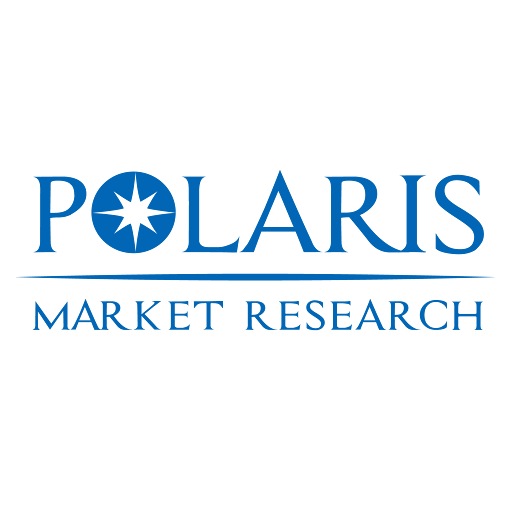The U.S. armor materials market, estimated at USD 4.55 billion in 2024 with a projected 7.0 % CAGR to 2034 per Polaris, conceals a layered segmentation structure that dictates where value, growth, and risk concentrate. Viewing the market through segmentation—by material type, application, end user, and geometry—reveals the slices of highest potential and how product differentiation, application-specific growth, value chain optimization, and segment-wise performance interplay.
In material type segmentation, the U.S. market divides into metals & alloys (high-hardness steel, aluminum alloys, titanium), ceramics (alumina, silicon carbide, boron carbide), composites (fiber-reinforced polymers, hybrid laminates), para-aramid fibers (Kevlar, Twaron), UHMW-PE, and fiberglass. Polaris reports that the metals & alloys segment dominated the U.S. armor materials market revenue in 2024, reflecting entrenched heavy-armor use. But growth acceleration is in ceramics, composites, and aramids, where lighter weight and higher ballistic performance offer premium positioning. In application segmentation, vehicle armor commands the largest share in the U.S. by value, as defense vehicle modernization remains a dominant end market. Aerospace, body armor (infantry), marine, and civil armor (security infrastructure) follow as growth adjacencies. Body armor particularly benefits from lighter materials such as composites and UHMWPE, which open doors to increased mobility and comfort. End-user segmentation distinguishes military defense, law enforcement, homeland security, and private security infrastructure. The military remains the anchor; law enforcement adds recurring demand in personal armor programs, often with lower tolerance for heavy systems. Geometry or modular segmentation—monolithic plates, scaled tile systems, add-on kits, or overlay modules—further complicates differentiation. Add-on modular kits are gaining traction, enabling retrofits without full system replacement, and these often command higher margins due to upgrade flexibility.
Drivers across segments include rising demand for higher-performance materials in weight-constrained platforms, continual procurement renewals in defense, and the push for modular, upgradable systems. Product differentiation is especially critical: materials that deliver better ballistic resistance per unit weight, improved multi-threat layering (e.g. ceramic plus composite backing), or smart integration (shape memory, sensor embedding) command premium pricing. Application-specific growth is most robust in aerospace (where every gram counts) and soldier-wearable body armor, where innovation in composites and fabrics can unlock new adoption. Value chain optimization is essential: vertically integrating fiber production, lamination, curing, finishing, and module assembly reduces cost leakage and improves quality control.
Restraints are acute in certain segments. Ceramics require high capital, strict QC, and high reject rates; composites risk delamination or environmental aging; metals lose competitiveness in weight-sensitive applications. Geometry or modular kits introduce interface compatibility challenges and marginal scaling inefficiencies. Certification and ballistic qualification cycles are slow and costly; buyers hesitate to adopt new materials without field-tested reliability. In lower-end segments (e.g. law enforcement), cost constraints may favor legacy materials over bleeding-edge options.
Read More @ https://www.polarismarketresearch.com/industry-analysis/us-armor-materials-market
Opportunities reside in selectively investing in premium growth segments—composite backings, ceramic hybrid systems, modular kits—to capture margin uplift. Providers may offer upgrade paths or modular architectures, enabling customers to gradually transition from legacy systems to advanced ones. Offering bundled design, testing, and qualification packages helps overcome buyer inertia. Trends include 3D-printed armor geometries tailored to threat profiles, multi-material gradient layering (gradually varying stiffness/hardness), smart armor with health monitoring (sensor-embedded), and increased adoption of modular retrofit kits. Also, more firms are consolidating across material tiers—or vertically integrating fiber, prepreg, module, and finishing operations—to capture margin across the value chain.
Within this segmentation landscape, leaders are those who can balance exposure across materials, applications, and geometries while optimizing segment-wise performance. The following firms are notable as top holders:
- DuPont de Nemours, Inc.
- Teijin Limited
- 3M Company
- Honeywell International Inc.
- Saint-Gobain S.A.
These competitors actively rebalance portfolios across metals, ceramics, composites, aramid systems, and modular kits. As the U.S. armor materials market expands at the assumed 7.0 % CAGR, those who adeptly manage segmentation complexity and deliver differentiated offerings will define leadership.
More Trending Latest Reports By Polaris Market Research:
Hexafluoroacetone Derivatives Market
Intelligent Power Module Market
Cleaning and Hygiene Products Market
Hexafluoroacetone Derivatives Market
AI And Machine Learning Operationalization Software Market
Singapore, Malaysia, and China Corporate Secretarial Services Market
North America and Europe Open RAN Market
